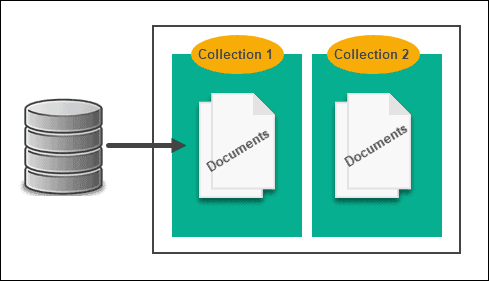NoSQL Databases
In order to understand NoSQL, it’s necessary to understand SQL. NoSQL Databases refers to a database method that differs entirely from the typical relational database management system(RDBMS). SQL is a query language used by relational databases.

SQL vs NoSQL
SQL is a Structured Query Language whereas NoSQL is Not SQL or Not Only SQL. SQL is used by relational databases whereas NoSQL is used by non-relational databases. SQL follows the structured schema whereas NoSQL follows the unstructured schema. Unstructured data increases at a much faster rate than structured data and does not fit into RDBMS relational structures, thus NoSQL is particularly useful for storing unstructured data.
Types of NoSQL Databases
1. Key-Value Store (i) Most basic form of NoSQL database.
(ii) Schema-free data model is arranged as a dictionary of key-value pairs.
(iii) For each key a value is assigned for all the items.
Examples of Key-Value stores are: Amazon DynamoDB, Redis, and Riak

2. Document
(i) Same as key-value database concept.A step further by grouping documents into collections.
(ii) Supports queries on attributes within documents and nested key-value pairs.
Examples of Documents are: MongoDB and Amazon DocumentDB

3. Column-oriented
(i)Focus on columns, and each column is addressed separately.
(ii) More efficiently works at storing data and querying across rows of sparse data.
Examples of the column-oriented databases are: HBase and Apache Cassandra

4. Graph-based
(i) Multi-relational in nature.
(ii) Tracks both entities and their connections. An entity is a node and connections are edges.
Examples of Graph-based databases are: Neo4J, Infinite Graph, and OrientDB

Thank you for the read🙂. Do clap, if find it useful.
“Keep learning and keep sharing knowledge"